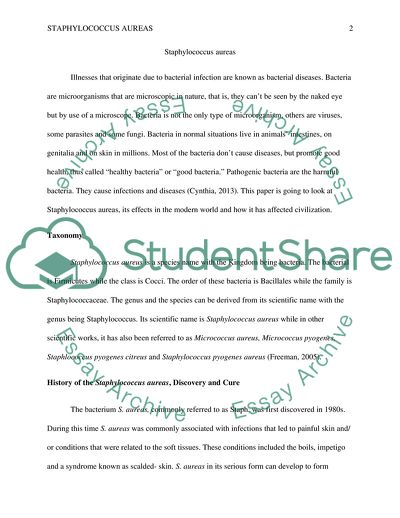Cite this document
(Staphylococcus Aureus Term Paper Example | Topics and Well Written Essays - 1250 words, n.d.)
Staphylococcus Aureus Term Paper Example | Topics and Well Written Essays - 1250 words. https://studentshare.org/biology/1861412-bacteria
Staphylococcus Aureus Term Paper Example | Topics and Well Written Essays - 1250 words. https://studentshare.org/biology/1861412-bacteria
(Staphylococcus Aureus Term Paper Example | Topics and Well Written Essays - 1250 Words)
Staphylococcus Aureus Term Paper Example | Topics and Well Written Essays - 1250 Words. https://studentshare.org/biology/1861412-bacteria.
Staphylococcus Aureus Term Paper Example | Topics and Well Written Essays - 1250 Words. https://studentshare.org/biology/1861412-bacteria.
“Staphylococcus Aureus Term Paper Example | Topics and Well Written Essays - 1250 Words”. https://studentshare.org/biology/1861412-bacteria.


